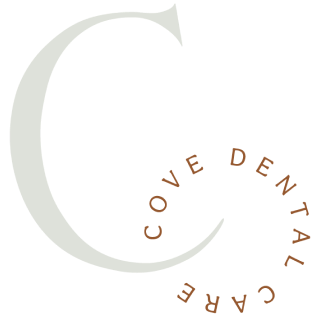Greer:

Relieving Jaw Pain and Discomfort in Greer, SC
If you experience clicking or popping in your jaw while eating certain foods or wake up with headaches, you might be dealing with a temporomandibular joint (TMJ) disorder. Dr. Adam Carraway specializes in TMJ disorder treatment at his Greer, SC practice, offering restorative dental care to alleviate symptoms.
TMJ disorders can arise from stress or injury to the temporomandibular joint, which connects the skull to the jawbone. These conditions often result in discomfort affecting the teeth, jaw, and facial structure. By addressing TMJ disorders, Dr. Carraway aims to restore normal tooth and jaw function, providing relief from pain and discomfort.
About TMJ Disorder
Causes of TMJ
Several factors can contribute to the development of a TMJ disorder. Among the most common is teeth grinding and clenching, known as bruxism, which strains the jaw joints and associated muscles, particularly during periods of stress. Additionally, arthritis can deteriorate the jaw joint's disc, leading to impaired movement. Trauma or injury to the face or jaw can alter jaw tracking and bite alignment.
An uneven bite can also precipitate TMJ disorders by causing unequal pressure distribution and hindering smooth jaw movement. Over time, an uneven bite can exacerbate jaw joint and muscle irritation.
Addressing bite irregularities, possibly through treatments like Invisalign, may prevent further deterioration. Invisalign aligners, transparent trays that adjust teeth alignment, require consistent wear for optimal results. As every smile is unique, individualized treatment recommendations from a dental professional are essential.
How to Treat TMJ
Patients experiencing mild jaw pain and headaches from TMJ disorders often respond well to gentle treatments. Jaw and facial exercises, along with stress-reducing therapies, can alleviate TMJ symptoms. Additionally, consuming soft foods to alleviate jaw strain or applying a warm compress to the jaw may offer relief for mild TMJ symptoms.
For individuals with more moderate TMJ conditions, Dr. Carraway may recommend nightguards. These custom-fitted aligners, similar to mouthguards, serve to protect the teeth by preventing grinding and enamel erosion. Nightguards also promote a more comfortable jaw position, alleviating jaw pain. By wearing a nightguard during sleep, patients can mitigate headaches, jaw discomfort, and tooth damage associated with TMJ disorders.
The History of TMJ Disorder
Early Observations and Limited Understanding
19th Century: Early Medical Insights
20th Century: Evolution of Diagnosis and Treatment
The 20th century represented a pivotal era in advancing the comprehension and management of TMJ disorder. Dentists and physicians started collaborating to refine diagnostic techniques and therapeutic strategies. The advent of radiography and imaging technologies facilitated improved visualization of the joint's anatomy and dynamics.
During the mid-20th century, a spectrum of treatment modalities emerged, encompassing dental splints, exercises, and more invasive interventions. Nonetheless, the field contended with partial understanding of TMJ disorder's root causes, resulting in a diverse range of treatment outcomes.
Late 20th Century: Advances in Research
As medical and dental sciences progressed, researchers explored the intricate mechanisms and etiology of TMJ disorder. It became clear that diverse factors could influence the condition, encompassing issues like bite misalignment, muscle tension, stress, and anatomical irregularities. This multifaceted comprehension facilitated the development of more individualized treatment strategies.
Advanced diagnostic aids, including sophisticated imaging modalities and electromyography, provided practitioners with enhanced capabilities to assess jaw motion and muscle function. These tools played a pivotal role in pinpointing precise contributing factors to TMJ disorder, thereby informing targeted treatment interventions.
21st Century: Holistic Approach and Collaboration
In recent years, the management of TMJ disorder has embraced a holistic approach, acknowledging not just the physical dimensions but also the psychological and emotional influences that can amplify symptoms. Interdisciplinary collaboration among dentists, orthodontists, physical therapists, and mental health practitioners has become paramount in delivering comprehensive care.
Technological progress has fostered the evolution of more refined treatment modalities. Utilizing computer-aided design and 3D printing, clinicians can now craft bespoke oral appliances and orthotics tailored to offer precise relief and bolster the jaw joint's stability and function.
Ongoing Research and Education
In the 21st century, ongoing research endeavors persist in refining our comprehension of TMJ disorder. Scientific investigations delve into genetic predispositions, the impact of inflammation, and the interplay between TMJ conditions and systemic health disorders. The field thrives on interdisciplinary cooperation, integrating insights from diverse medical and dental domains.
Public consciousness and education regarding TMJ disorder have surged, empowering individuals to identify symptoms and pursue suitable care. The proliferation of online materials, support networks, and patient-focused entities has further enriched the knowledge base among affected individuals.

